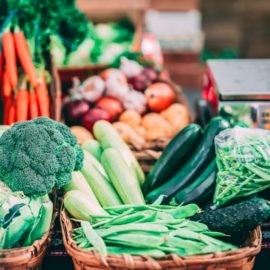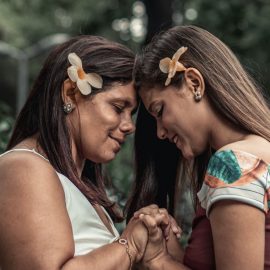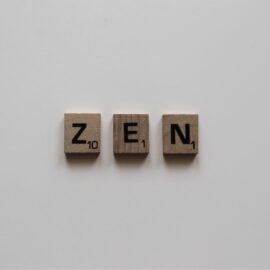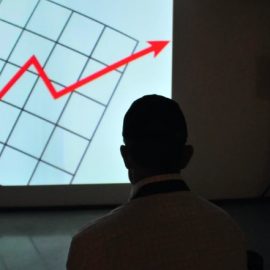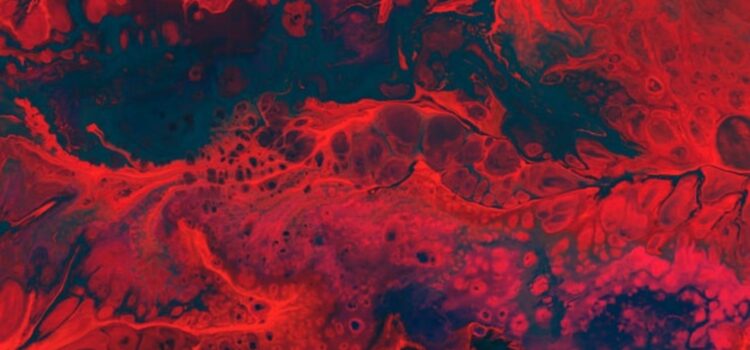
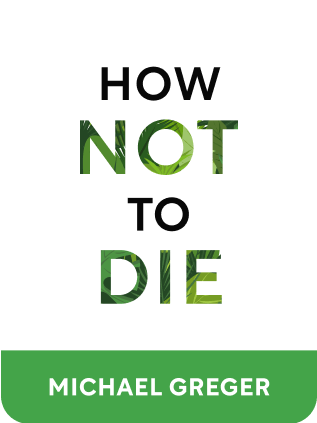
This article is an excerpt from the Shortform book guide to "How Not to Die" by Michael Greger. Shortform has the world's best summaries and analyses of books you should be reading.
Like this article? Sign up for a free trial here .
What causes high blood pressure? What are the main risk factors that predispose people to develop chronically elevated blood pressure?
The exact causes of high blood pressure are not known. However, several factors have been shown to contribute to a heightened risk of the disease, the main one being a diet high in sodium and cholesterol.
Keep reading to learn more about high blood pressure risk factors, how it develops, and some ways to prevent it.
Understanding High Blood Pressure (Hypertension)
High blood pressure, or hypertension, is cited as the #1 risk factor for death in the world, leading to 9 million deaths worldwide annually (source: the Global Burden of Disease Study in the Lancet). 78 million Americans have hypertension.
Blood pressure consists of two numbers: systolic is the pressure when blood pumps through the artery, and diastolic is the pressure between beats.
- 110/70 is an ideal blood pressure, even though 120/80 is cited as normal
- 140/90 is hypertensive
Hypertension promotes atherosclerosis (which leads to heart attacks and strokes). It also puts strain on the heart leading to heart failure; it damages blood vessels and leads to kidney disease.
Blood pressure tends to increase with age—65% of Americans age 60 or above have hypertension. But Kenyans of that age eating a low-sodium diet based around whole plant foods had normal blood pressure.
Sodium and Blood Pressure
Evolutionarily, we ate plant-based diets consisting of 500mg of sodium a day.
Now, the average daily consumption is 3,500mg, and the AHA recommends 1,500mg. (Remember that it might not be wise to follow the standard guidelines in a country where heart disease is the #1 killer.)
The relationship is simple: sodium raises blood pressure.
- Double-blind randomized trials show that salt increases blood pressure.
- A single meal increases blood pressure over the next 3 hours, and decreases endothelial function within 30 minutes.
Inversely, cutting sodium from diet lowers blood pressure:
- Dietary changes alone reversed malignant hypertension (240/150) down to 105/80.
The mechanism of action could be free radicals.
- In Doppler flowmetry, sodium reduces blood flow, but vitamin C (an antioxidant that scavenges free radicals) blocks the sodium effect.
- Sodium suppresses an antioxidant enzyme called superoxide dismutase.
How to Reduce Sodium Intake
As mentioned, one of the main high blood pressure risk factors is a diet high in sodium. To reduce your risk, understand the major dietary sources of sodium:
- ¾ of salt in the average diet comes from processed foods.
- For kids, the major source of sodium is pizza; for people aged 20-50, it’s chicken; for ages 50+, it’s bread.
Why is there so much salt in food?
- Partly it’s for preservation of food.
- Adding sodium to meat increases water retention, increasing the weight of meat that’s sold.
- Saltier food tastes better than unsalty food, so competition with other products increases sodium across the board.
How to cut back on sodium:
- Adjust your taste buds back to normalcy.
- Your taste buds adapt to whatever food you give it. Cut sodium, fat, and sugar from your diet for a few weeks—food will taste bland at first, but eventually your taste buds will revert to normal. Food will taste more flavorful, and you will actively dislike aggressively salty and fatty foods.
- Don’t add salt at the table.
- Don’t add salt when cooking.
- Stop eating out so much.
- Avoid processed foods.
- Buy foods with fewer milligrams of sodium than there are grams in the serving size or calories (e.g. <100 milligrams sodium for 100g of serving or 100 calories).
Eating for Hypertension
Whole grains
- Three portions of whole grains a day reduce the risk of heart attack and stroke as effectively as high blood pressure medications (without side effects).
- These have to be whole grains—refined grains like white rice increase the risk of diabetes.
Vegetarian diets
- Rural Kenya and China people (with a low-sodium plant-based diet) show ideal blood pressures throughout all age, unlike Westerners who increase blood pressure with age.
- The more plant-based foods you eat, the lower your hypertension rates. Flexitarians show 23% reduced risk of hypertension; vegans show 75% reduced risk.
- Even controlling for weight, vegetarians show better blood pressure.
Flaxseed
- A few tablespoons a day may be more effective than exercise.
- Double-blind, placebo-controlled, randomized trial showed blood pressure drop from 158/82 to 143/75, compared to no change in control. This drop was multiples that achieved by medication!
Hibiscus
- 3 cups of hibiscus tea a day dropped blood pressure by 6 points over control.
- Hibiscus ranks #1 in antioxidant content of beverages, above green tea.
- Precautions: it’s acidic, so rinse your mouth after drinking. And because of its high manganese content, don’t drink more than a quart a day
Nitrates
- Nitric oxide dilates blood vessels and lowers blood pressure. Nitric oxide is created by NO synthase from nitrates. Free radicals consume NO and disrupt NO synthase. Antioxidants prevent free radicals from causing damage this way.
- A high-antioxidant diet improves endothelial function (the ability of vessels to relax and dilate).
- Best foods for nitrates, in descending order: arugula, rhubarb, cilantro, butter leaf lettuce, mesclun greens, basil, beet greens, oak leaf lettuce, swiss chard, beets.
- Beet juice can lower blood pressure by 10 points within hours, and by similar amounts over weeks with daily consumption. It also seems to allow higher aerobic performance from less oxygen, allowing more time to exhaustion and longer breath-holding.
Hypertension Drugs
Drugs are not as effective as diet in reducing blood pressure.
- Calcium-channel blockers drop blood pressure 8/3 points, and ACE inhibitors by 5/2 points, compared to 15/7 for flaxseed.
Drugs also come with lots of side effects
- Diuretics cause electrolyte disturbances
- Calcium-channel blockers (Norvasc, Cardizem) increase breast cancer risk
- Beta blockers (Lopressor, Corgard) cause lethargy and impotence
- ACE inhibitors (Vasotec, Altace) cause swelling
As is the theme of the book, it’s best to fix your medical issues with lifestyle changes and diet first, before needing to rely on drugs.

———End of Preview———
Like what you just read? Read the rest of the world's best book summary and analysis of Michael Greger's "How Not to Die" at Shortform .
Here's what you'll find in our full How Not to Die summary :
- The health benefits of a plant-based, whole-food diet
- How to reduce your risk of developing the most common diseases that can kill you
- The 12 foods you should eat daily to maximize health benefits

